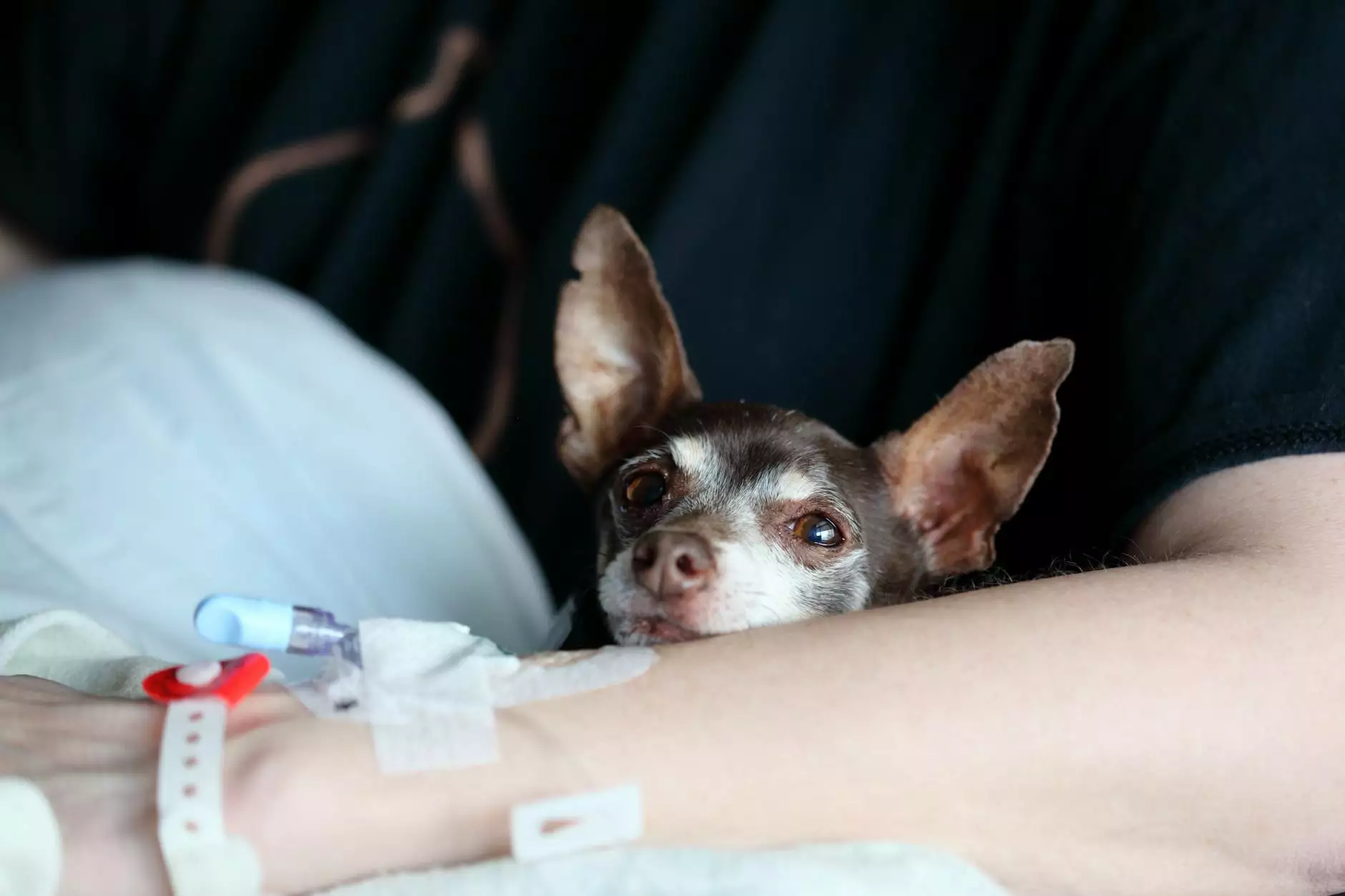Pet First Aid Basics Every Owner Should Know
Dog Care
Introduction
Welcome to Wisconsin Adventures, your go-to resource for travel and tourism information. In this article, we will cover essential pet first aid basics that every pet owner should know. Whether you're embarking on a hiking trip or a cross-country road adventure, being prepared for potential emergencies involving your furry companions is crucial.
Why Pet First Aid Matters
Pets are curious creatures, and they often find themselves in unexpected situations that can lead to injuries or illnesses. Having the knowledge and skills to administer basic first aid can make a significant difference in your pet's well-being, especially when immediate professional help may not be available.
Common Pet Emergencies
Before we dive into the specifics of pet first aid, it's essential to familiarize ourselves with some common emergencies that pets may encounter during travel adventures:
- Heatstroke: Pets can overheat quickly in hot climates or enclosed spaces. Recognizing the signs of heatstroke and knowing how to provide immediate relief is vital.
- Cuts and Wounds: Exploring new environments can expose pets to hazards that may result in cuts or wounds. Knowing how to clean and treat these injuries can prevent infections.
- Insect Bites and Stings: Outdoor adventures often bring encounters with insects. Understanding how to alleviate the discomfort caused by bites and stings is crucial.
- Choking: Pets may swallow small objects or pieces of their toys, leading to choking. Being able to perform the Heimlich maneuver on a pet can save their life.
- Poisoning: Ingesting harmful substances is a significant concern while traveling. Knowing which items are toxic to pets and what immediate actions to take can be life-saving.
Pet First Aid Kit Essentials
To effectively respond to emergencies, it is crucial to have a well-stocked pet first aid kit with you during your adventures. Here are some essential items to include:
- Gauze Pads and Bandages: These are essential for covering and protecting wounds.
- Tweezers: Useful for removing splinters, ticks, or other foreign objects from your pet's skin.
- Antiseptic Solution: To clean wounds or affected areas.
- Hydrogen Peroxide: Can be used to induce vomiting under professional guidance.
- Blunt-Ended Scissors: For trimming hair around wounds or removing tangled fur.
- Instant Cold Pack: Helpful for reducing swelling or pain.
- Pet-Friendly Pain Relief: Consult your veterinarian for safe options to include in your first aid kit.
- Important Documents: Keep copies of your pet's medical records, vaccination certificates, and identification tags.
Important First Aid Techniques
Heatstroke
If your pet shows signs of heatstroke, such as excessive panting, drooling, or weakness, immediately move them to a cool, shaded area. Apply cool (not cold) water over their body, especially the head and neck, and use a fan if available. Offer small sips of water and seek veterinary assistance promptly.
Cuts and Wounds
When treating cuts and wounds, start by gently cleaning the affected area with antiseptic solution. Apply an appropriate-sized bandage to control bleeding, and cover it with a sterile gauze pad to prevent contamination. Visit a veterinarian for further evaluation and suturing, if necessary.
Insect Bites and Stings
If your pet gets bitten or stung by an insect, remove any visible stingers or irritants using tweezers. Apply a cold compress or ice pack wrapped in a towel to reduce swelling. Monitor your pet for any signs of an allergic reaction and consult a veterinarian for further guidance.
Choking
If your pet is choking, stay calm and assess the situation. If the object is visible and can be safely removed, carefully do so using your fingers or tweezers. For larger objects or if you cannot remove the object, perform the Heimlich maneuver (check online resources for detailed instructions) and seek immediate veterinary attention.
Poisoning
In case of suspected poisoning, contact your veterinarian or a pet poison control hotline immediately. Provide them with detailed information regarding the toxic substance ingested. Avoid inducing vomiting without professional guidance, as some substances may cause more harm when brought back up.
Conclusion
Now that you have a basic understanding of pet first aid, you can embark on your travel and tourism adventures with more peace of mind. Remember, these guidelines are not meant to replace professional veterinary care, but rather to help you provide immediate assistance before seeking professional help. Preparedness and quick action can save lives. Safe travels with your furry friends!










